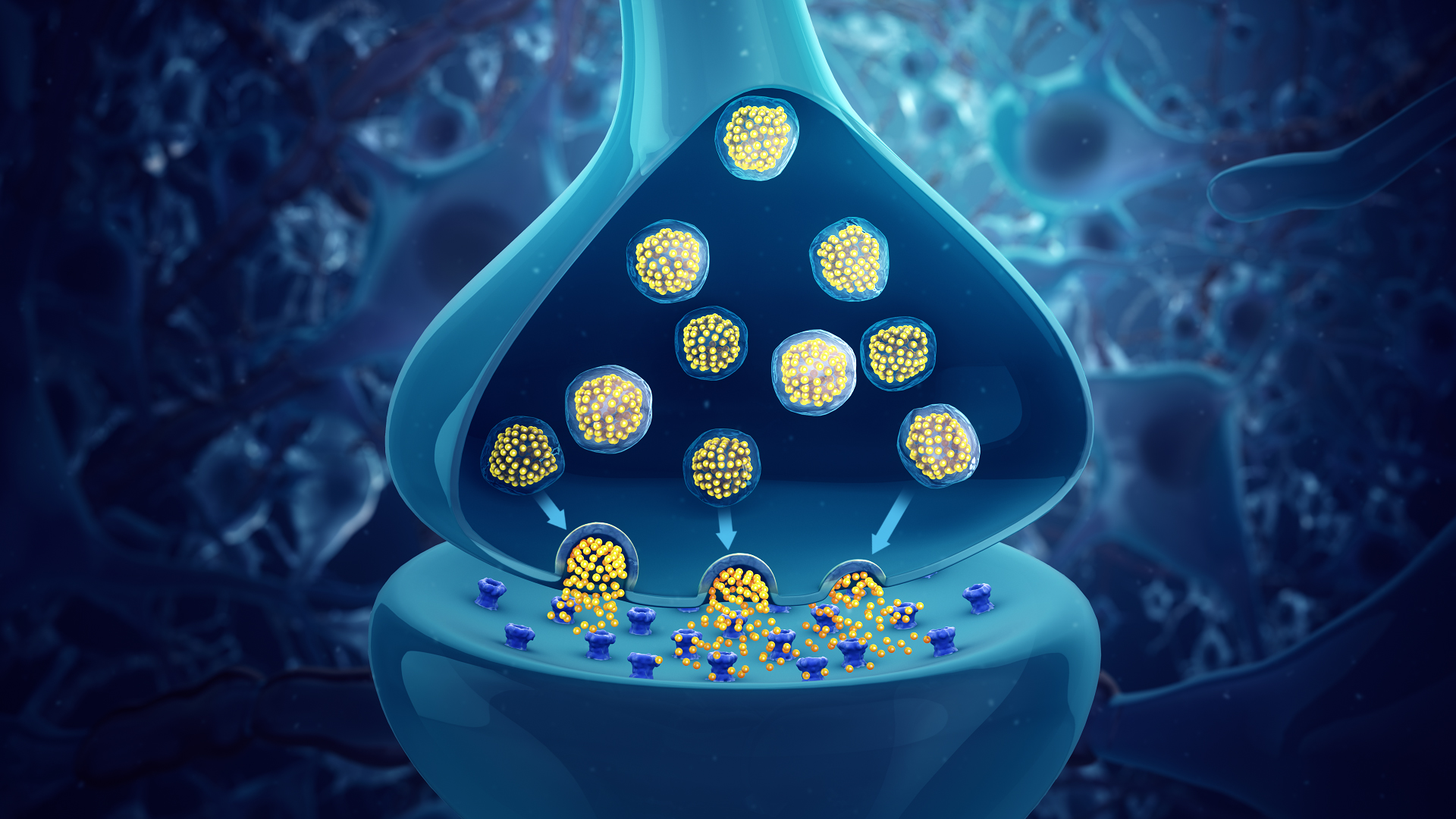Table of Contents
Introduction
- Neurotransmitters are chemical messengers that transmit signals between nerve cells, or neurons, in the brain and throughout the body
- They play a crucial role in regulating various physiological processes, including mood, sensation, movement, and cognition
- Imbalances or disruptions in neurotransmitter function can lead to a variety of neurological and psychiatric disorders
Types of Neurotransmitters
There are many different types of neurotransmitters, each with unique functions and effects on the body
Some of the major neurotransmitters include:
- Acetylcholine (Ach): involved in muscle movement, memory, and learning
- Dopamine: involved in movement, motivation, and reward
- Serotonin: involved in mood, appetite, and sleep
- GABA: involved in anxiety and muscle tone
- Norepinephrine: involved in attention, arousal, and stress response
Some neurotransmitters, such as dopamine and serotonin, are also involved in multiple functions
- Synthesis and Release of Neurotransmitters
- They are synthesized in the neuron’s cell body and are transported to the axon terminals via transport vesicles
- Once at the axon terminals, neurotransmitters are stored in vesicles until they are released
- Release of neurotransmitters occurs when an action potential reaches the axon terminal, causing the vesicles to release their contents into the synapse
- The released neurotransmitters bind to receptors on the postsynaptic neuron, leading to a response

Neurotransmitter Receptors
Neurotransmitters bind to specific receptors on the postsynaptic neuron.
There are two main types of receptors: ionotropic and metabotropic
- Ionotropic receptors allow for a fast response, as they are directly linked to ion channels
- Metabotropic receptors are indirectly linked to ion channels and have a slower response
- Different neurotransmitters can bind to the same receptor, but have different effects
- Different receptors can also be activated by the same neurotransmitter, but have different effects
Neurotransmitter Removal and Degradation
Once a neurotransmitter has bound to its receptors and elicited a response, it must be removed from the synapse to prevent continuous stimulation
This is done by reuptake, in which the neurotransmitter is taken back up into the presynaptic neuron for reuse or degradation
Degradation of neurotransmitters occurs via enzymes, such as monoamine oxidase (MAO) or catechol-O-methyltransferase (COMT)
Neurotransmitter Imbalances
- Imbalances or disruptions in neurotransmitter function can lead to a variety of neurological and psychiatric disorders
- Examples include:
- Depression, which is linked to low levels of serotonin and/or norepinephrine
- Parkinson’s disease, which is linked to low levels of dopamine
- Anxiety disorders, which are linked to low levels of GABA
- Attention-deficit/hyperactivity disorder (ADHD), which is linked to low levels of dopamine
- These imbalances can be treated with medications that target specific neurotransmitter, such as antidepressants and antipsychotics
Conclusion
- Neurotransmitters play a crucial role in regulating various physiological processes, including mood, sensation, movement, and cognition
- Imbalances or disruptions in neurotransmitter function can lead to a variety of neurological and psychiatric disorders
- Further research is needed to fully understand the complex mechanisms of neurotransmitter function and to develop more effective treatments for disorders related to neurotransmitter imbalances.
